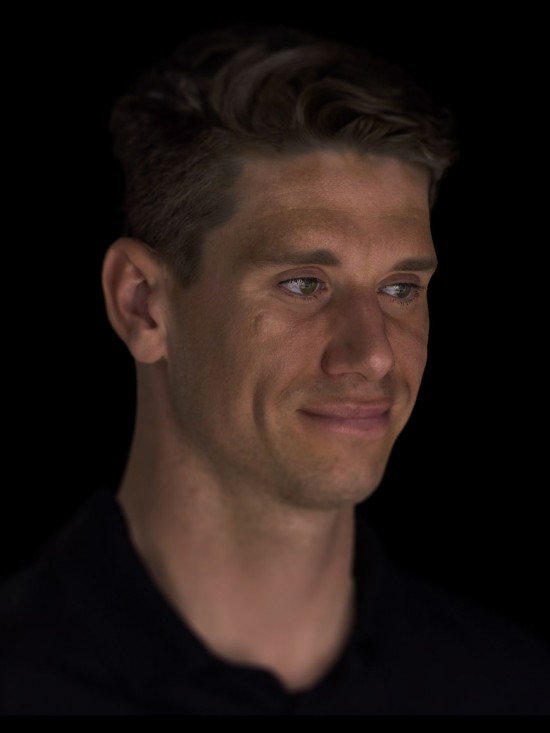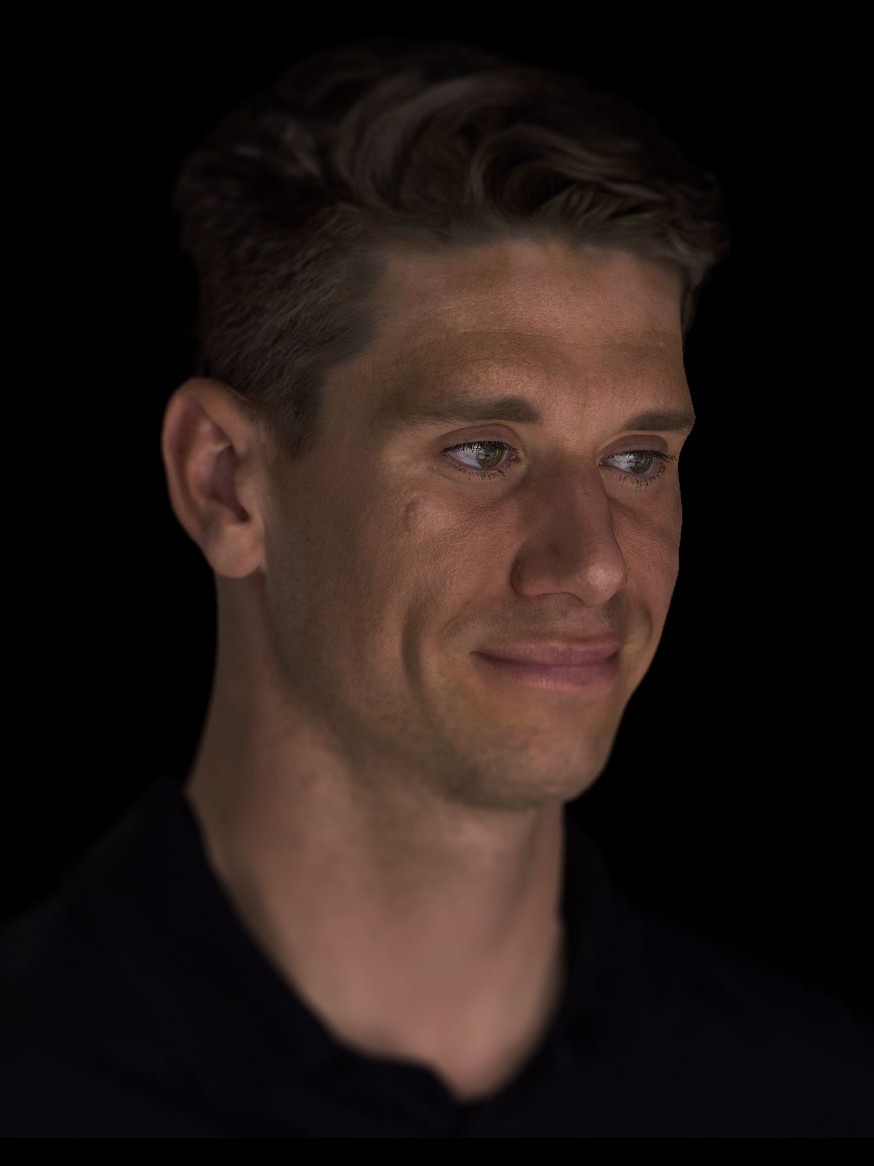Artificial Intelligence
Customer Service Chatbots Are About to Become Frighteningly Realistic
A startup gives chatbots and virtual assistants realistic facial expressions and the ability to read yours.



Would your banking experience be more satisfying if you could gaze into the eyes of the bank’s customer service chatbot and know it sees you frowning at your overdraft fees? Professor and entrepreneur Mark Sagar thinks so.
Sagar won two Academy Awards for novel digital animation techniques for faces used on movies including Avatar and King Kong. He’s now an associate professor at the University of Auckland, in New Zealand, and CEO of a startup called Soul Machines, which is developing expressive digital faces for customer service chatbots.
He says that will make them more useful and powerful, in the same way that meeting someone in person allows for richer communication than chatting via text. “It’s much easier to interact with a complex system in a face-to-face conversation,” says Sagar.
Soul Machines has already created an assistant avatar called Nadia for the Australian government. It’s voiced by actor Cate Blanchett and powered by IBM’s Watson software. It helps people get information about government services for the disabled. IBM has prototyped another avatar, Rachel, that helps with banking.
The movements of Soul Machines’s digital faces are produced by simulating the anatomy and mechanics of muscles and other tissues of the human face. The avatars can read the facial expressions of a person talking to them, using a device’s front-facing camera. Sagar says people talking to something that looks human are more likely to be open about their thoughts and be expressive with their own face, allowing a company to pick up information about what vexes or confuses customers.
The company’s avatars can also be programmed to react to a person’s facial expressions with their own simulated facial movements, in an attempt to create the illusion of empathy.
Other companies have tried detecting people’s emotions by analyzing a person’s voice, words, or expressions. Amazon is exploring the idea as a way to improve its Alexa voice-operated assistant.